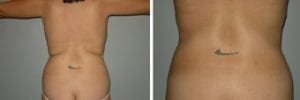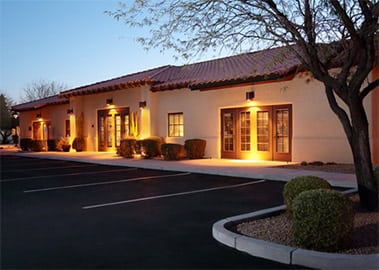Blog
The Difference Between Fat Loss and Weight Loss
Posted November 16, 2017 in Liposuction Category When people talk about wanting to lose weight, most of the time their goal is to lose body fat. However, losing weight and losing fat are two different things. Trying to get rid of unwanted fat through weight loss is possible, but it is often difficult and unreliable. With liposuction, you can destroy fat, spot reduce, and tone your contours according to your desires. Liposuction permanently eliminates unwanted fat from specific, stubborn areas to redefine your body contours and give you a more flattering body shape.
When people talk about wanting to lose weight, most of the time their goal is to lose body fat. However, losing weight and losing fat are two different things. Trying to get rid of unwanted fat through weight loss is possible, but it is often difficult and unreliable. With liposuction, you can destroy fat, spot reduce, and tone your contours according to your desires. Liposuction permanently eliminates unwanted fat from specific, stubborn areas to redefine your body contours and give you a more flattering body shape.
How Weight Loss Works
Weight loss is when your overall body weight goes down (when the number on the scale decreases). Although this can seem like a victory, it doesn’t account for what type of mass has decreased. Your body weight measures not only fat but also your muscles, bones, organs, fluids, and other parts. Losing or gaining a few pounds can be due to changes in bodily fluids and waste product. For instance, you may weigh yourself before and after a run and discover that you’ve lost weight, but it was only because of lost fluid due to sweating. Likewise, doing the same thing after a bathroom trip might show a difference because you got rid of bodily waste. On the other hand, if you adopt a new exercise regime and a healthier diet plan, you may lose fat and gain muscle in such proportions that even after a few months, the number on the scale doesn’t change at all. Not seeing any weight loss, in this case, can be discouraging, but it is still something to be proud of because you have indeed burned excess fat.
Attempts to control weight loss to achieve fat loss can be tricky and complicated. Creating an appropriate calorie deficit doesn’t just mean cutting calories; if you simply eat less, your body may conserve energy and burn muscle instead of fat. Starving yourself can lead to a plateau or even weight gain as your body struggles to function on diminished energy levels. Certain food items can assist or hinder weight loss efforts as well. Attempting to lose weight too quickly can lead to substantial decreases in muscle mass, which is why bariatric surgery patients are encouraged to consume a lot of protein.
How Fat Loss Works
Fat loss is when excess fat is either removed from the body or burned by the body for fuel. The typical goal with weight loss is to get the body to burn fat. But even when successful, this does not always turn out how you’d expect or desire. Weight loss can sometimes have the unwanted effect of taking fat from where you want it (such as the breasts) and leaving fat where you don’t want it (such as the abdomen). The challenge of eliminating fat from precise areas and not others is called spot reduction, and it is impossible to achieve through dieting and exercise.
Achieve Fat Loss With Liposuction
Achieving fat loss is possible through liposuction. Your surgeon will insert a thin, hollow tube called a cannula into the areas of your body that have stubborn fat. With the cannula inserted, the surgeon will gently suction out the excess fat cells. This leads to a permanent reduction in fat in the treated area, resulting in a slimmer shape. By targeting stubborn regions directly, liposuction can spot reduce and produce fat loss. If your weight loss efforts fail to yield your desired results, liposuction can successfully sculpt your body contours and give you the flattering figure you seek.


